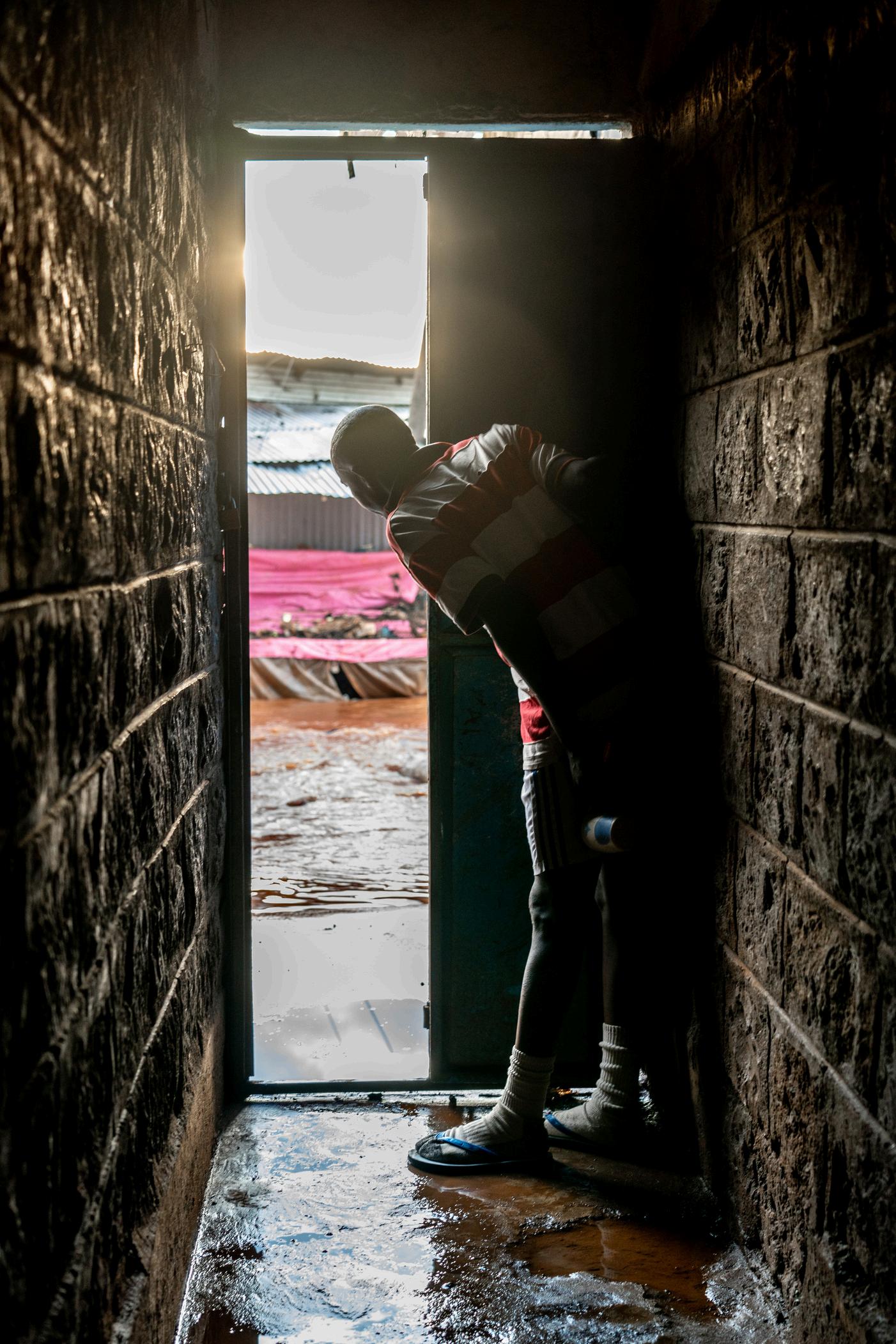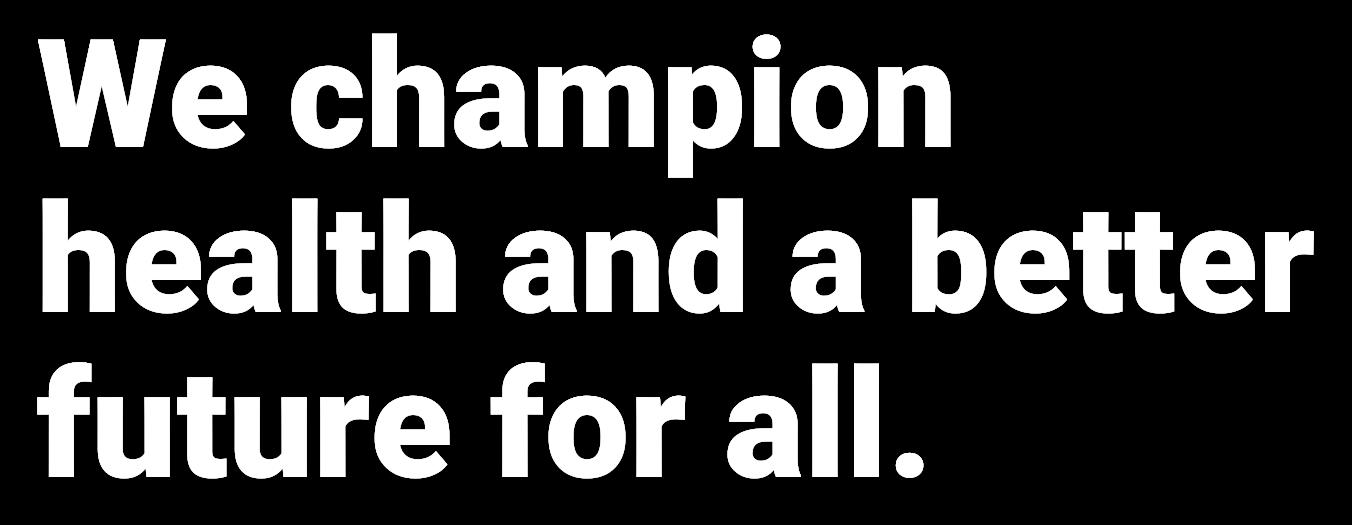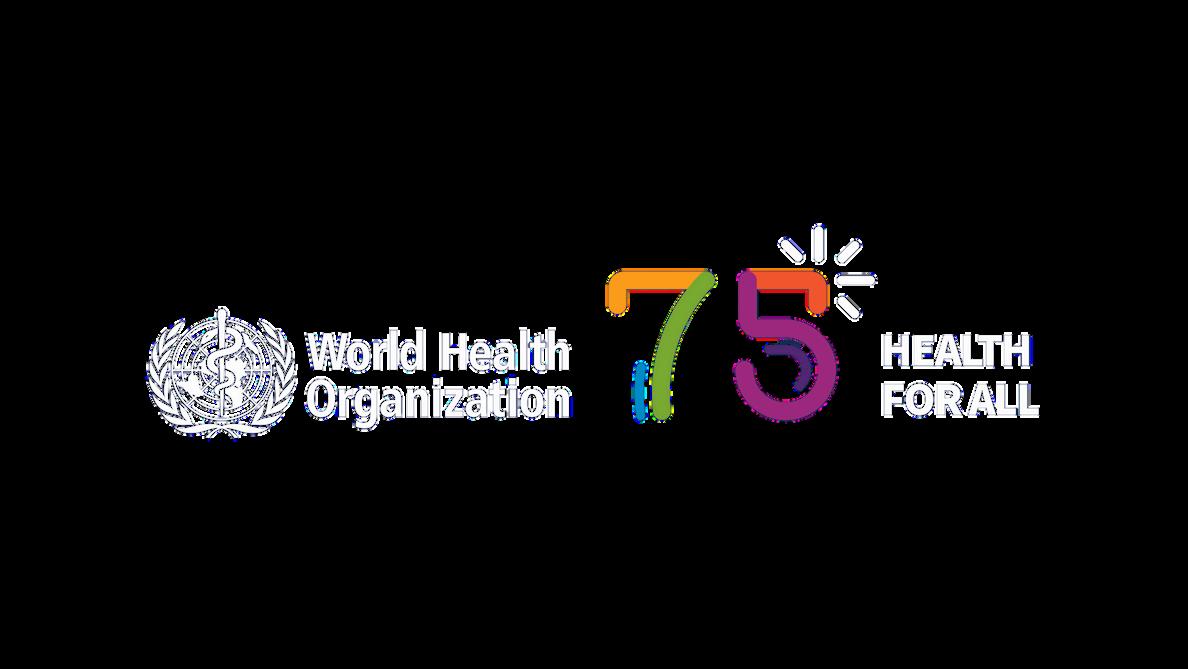EPR BULLETIN

MAY 2024






SinceMarch,Kenyahasexperiencedoneofits worstMarch-April-Mayrainyseasons affecting308,381peopleacross43of Kenya’s47counties Theheavyrainshave causedflooding,lossoflives,displacement, anddestructionofkeyinfrastructure
50healthfacilitiesin7countieshavebeen impacted,ofwhich39aredispensaries,11 arehealthcenters.
Thefloodinghasheightenedhealthrisks, makingpeoplemoresusceptibleto waterbornediseaseslikecholera,with67 casesreportedinTanaRiver,Lamuand SiayaCounties Additionally,stagnantwater hasincreasedthespreadofmosquitobornediseasessuchasmalaria
Inresponse,theGovernmentofKenyahas mountedamultisectoralemergency response,ledbytheKenyaDisaster EmergencyOperationsCentre
WHO-trainedrapidrespondershavebeen attheforefrontofmanagingthecrisis,with over720firstrespondersdeployedoron standbyfordeploymenttoaffectedareas

WHOhasalso medicalsupp Laikipia,Mars flood-related Beyondflood tostrengthen bordercoope May,WHOpa workshop Ad aJointExtern aimedatasse theInternatio Wehopeyou informative T supportand forandrespo acrossKenya Dr.Abdourahm



Updated Statistics from 28nd May 2024


43
Counties Affected
Most affected are Nairobi, Makueni, Machakos, Kilifi, Nakuru, Garissa & Kajiado
61,676
Households Affected
Approximately 308,381 people.
58,592
Households Displaced
Approximately 292,860 people .
67 Cholera Cases
reported in Tana River [59], Lamu [7] & Siaya [1] /47
315
Loss of Life
236 adults and 71 children have been reported [source NDOC]
People Injured
188
People Missing
38
50 Affected Health Facilities
in 12 counties by floods due to road cut-off and Marooning.
See next pages for WHO’s response.



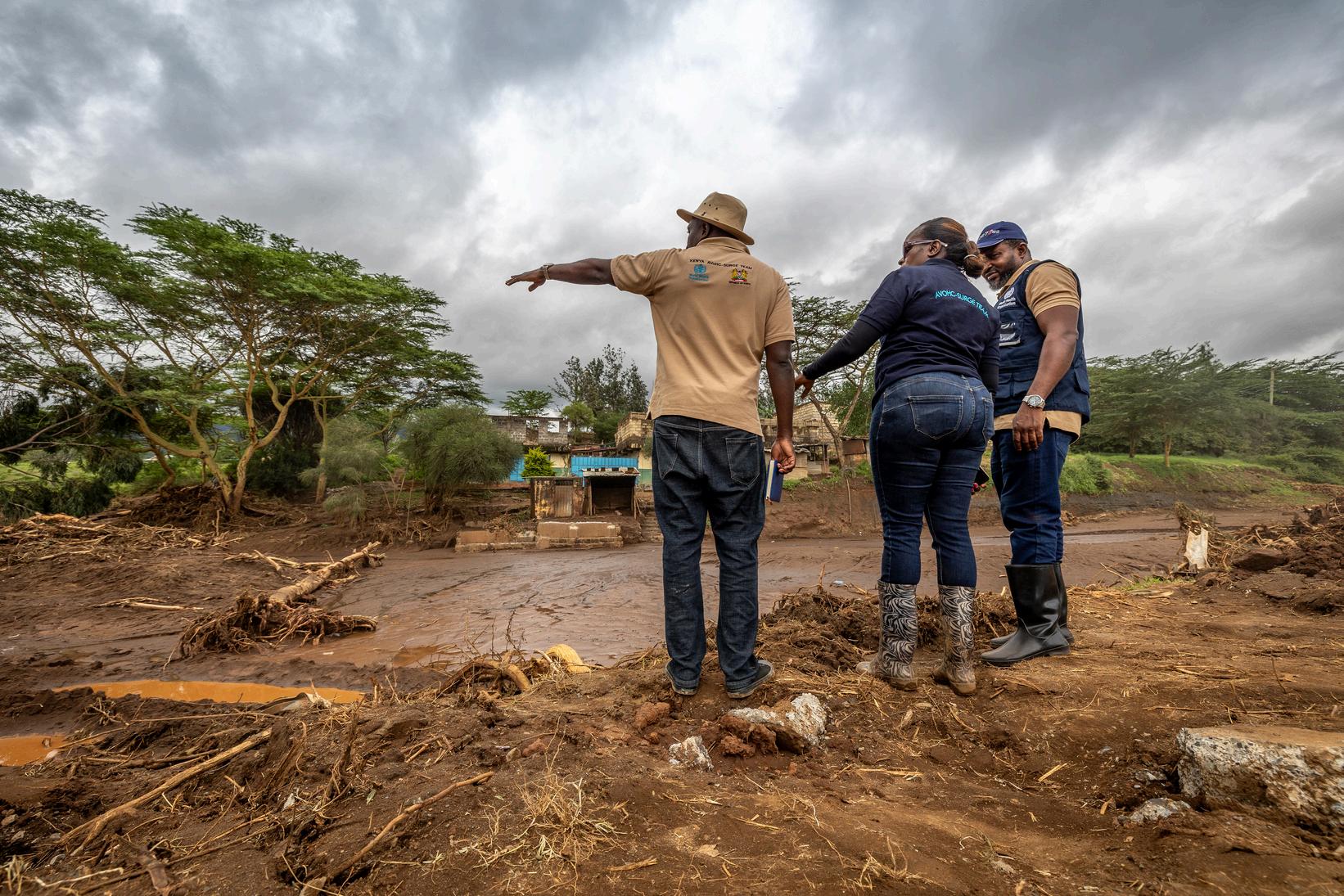
Nairobi,Kenya-
This year’s long rainy season, which typically lasts from March to May every year, has hit Kenya hard, with unexpected heavy rainfall and widespread flooding since mid-April.
Over 410,352 people have been affected, 53, 936 households displaced and 307 deaths have been reported in 43 of the country’s 47 counties.
The Government of Kenya has mounted a multisectoral emergency response, led by the Kenya Disaster Emergency Operations Centre in the country’s capital, Nairobi. The centre gathers information from the 43 affected counties for analysis and decision making.
Over 720 first responders, trained by WHO, have been deployed or are on standby for deployment to flood-affected areas to provide health services to affected areas. More than 120 of Kenya’s public health professionals and experts, also trained by WHO are deployed at the national level.
These responders are playing a critical role on the frontlines of the response for search and rescue, mental health support, risk communication and more.
Responders include a variety of experts ranging from epidemiology, case management, disease infection, protection and control, sanitation and hygiene, communications, anthropology, surveillance, laboratory and more.
WHO trainings which took place last year helped teams to response to the flooding emergency within 24-48 hours of declaration using a whole-of-government approach.
Image above shows rapid responders who were recruited to Mai Mahiu, within 24 hours of a flash flood which killed over 50 people. The rapid responders have been based at a temporary centre for displaced and affected families, providing expertise in water, sanitation and hygiene as well as leading mental health services.


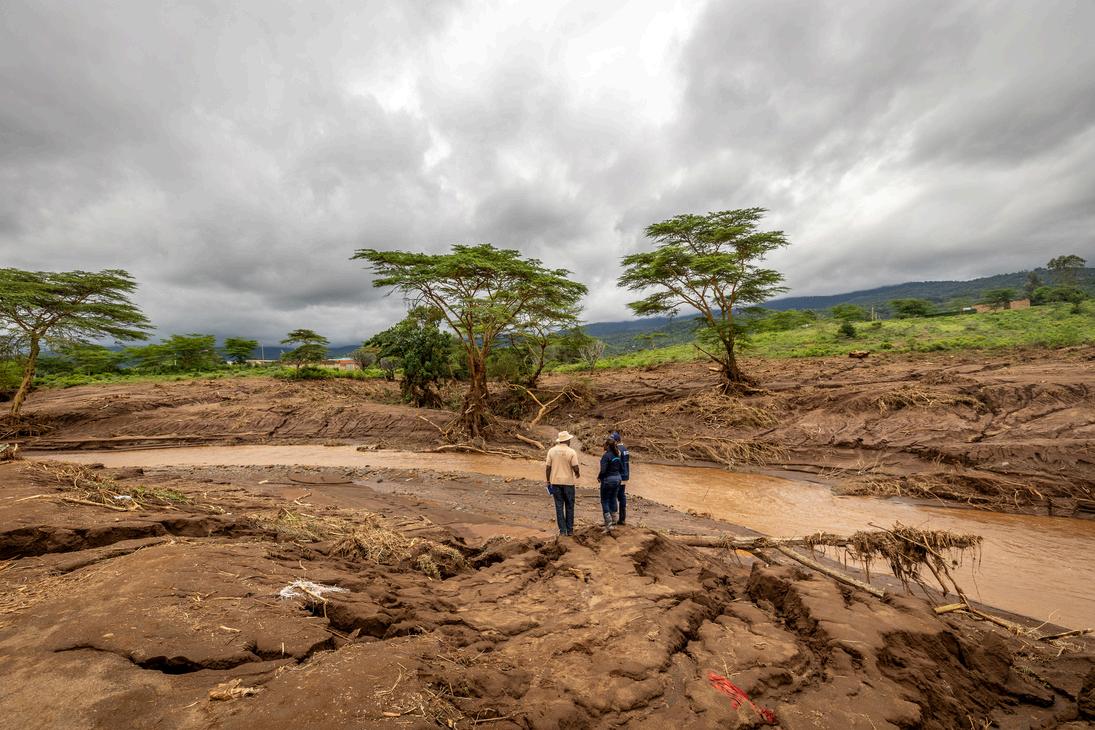
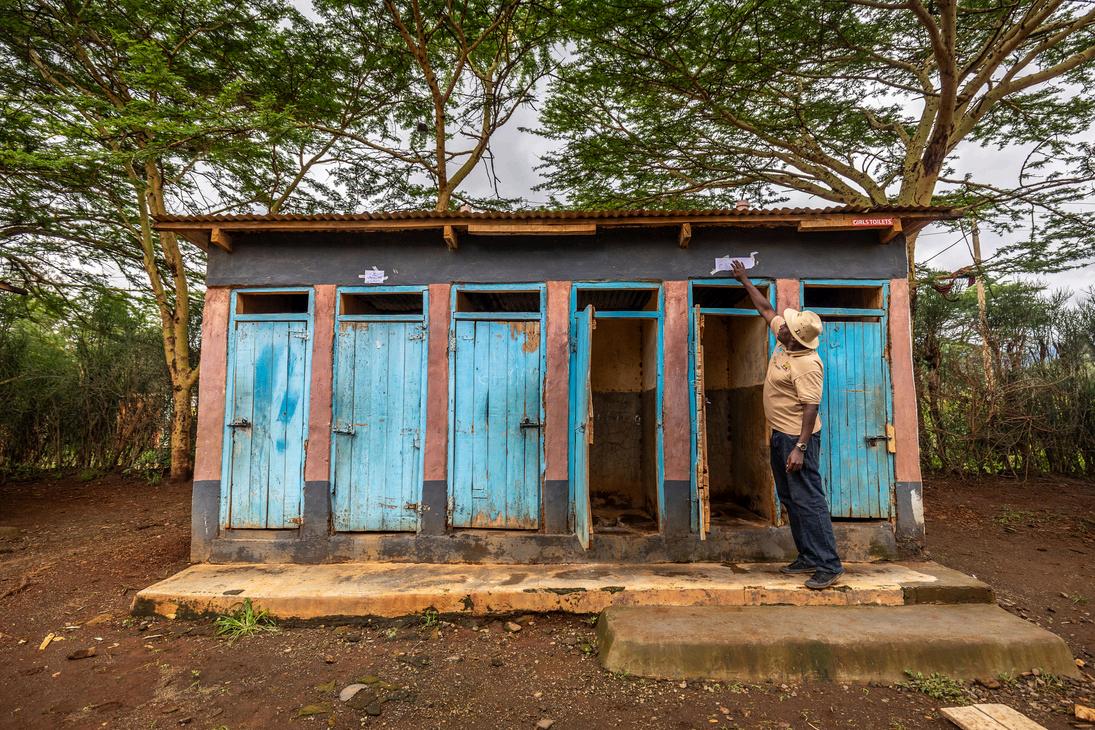

Mai Mahiu was one of the hardest hit areas by flooding in Kenyaafter water accumulated in a railway tunnel, pressure forced it to collapse causing a flash flood which carried away people, homes, cars, trees and more
In Mai Mahiu, displaced families stayed at schools Image captures WHO-trained rapid responder monitoring water sanitation and hygiene to prevent further health emergencies, such as a cholera outbreak
Another WHO-trained rapid responder led the mental health services provided to displaced families who were staying at the school Many individuals were experiencing acute trauma including mothers who lost their children in the floods
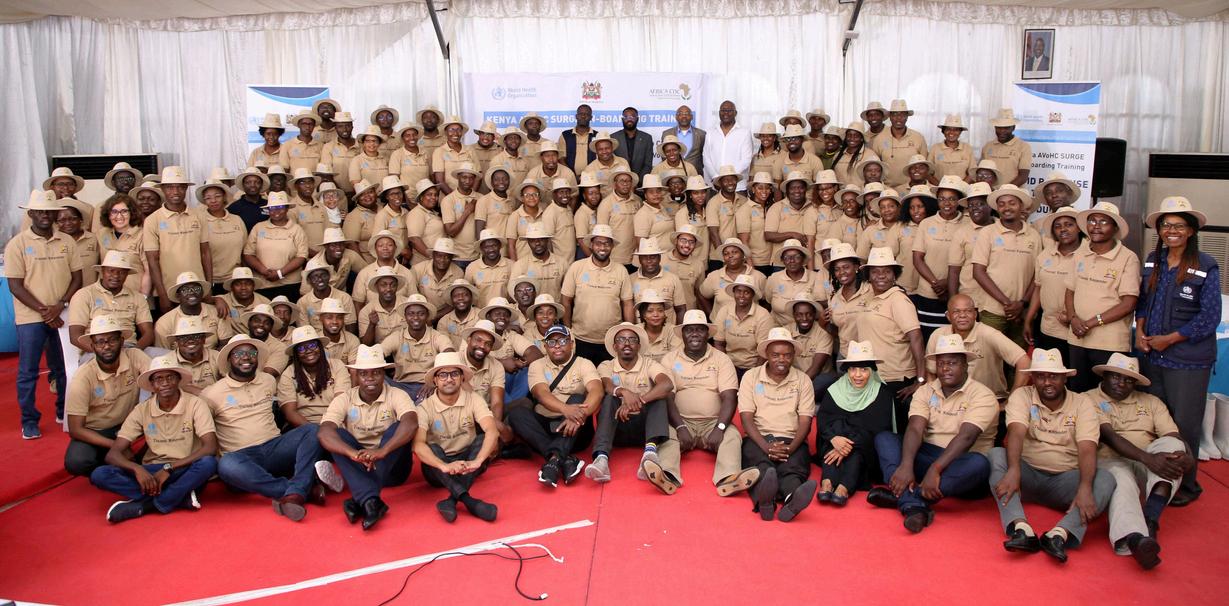
In 2023, WHO Launched Phase II of Workforce Training in Public Health Emergency Response where 120 Kenyan rapid responders graduated from the Emergency Preparedness Response training, joining a pool of over 3,000 trained emergency responders across Africa



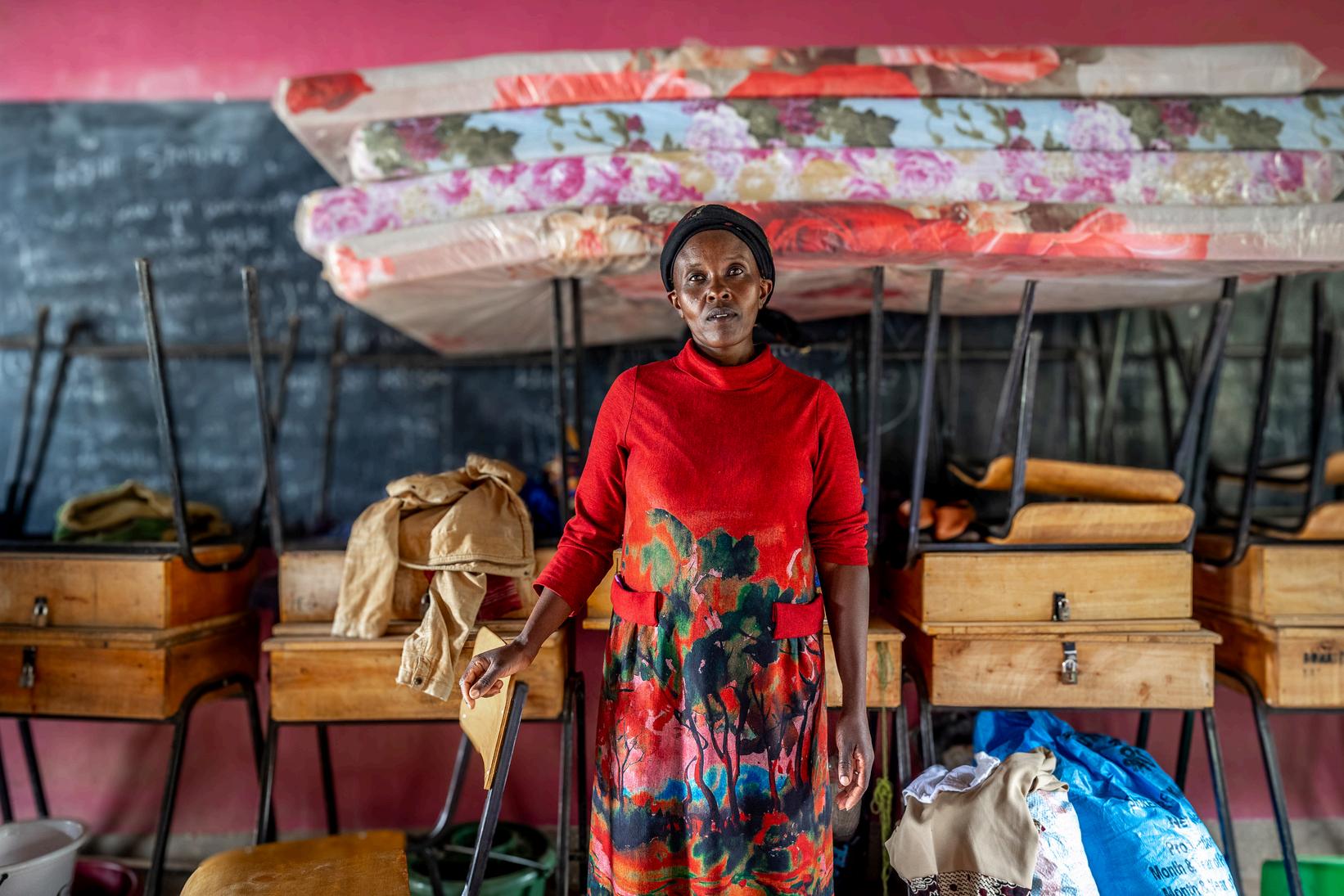
"My husband jumped out of the window of our bedroom after me, the house broke up and it was carried away by the water So now we are in the water, the house is gone, and I am clinging to a tree," Beatrice Nyokabi, a survivor of the Mai Mahiu flash flood.
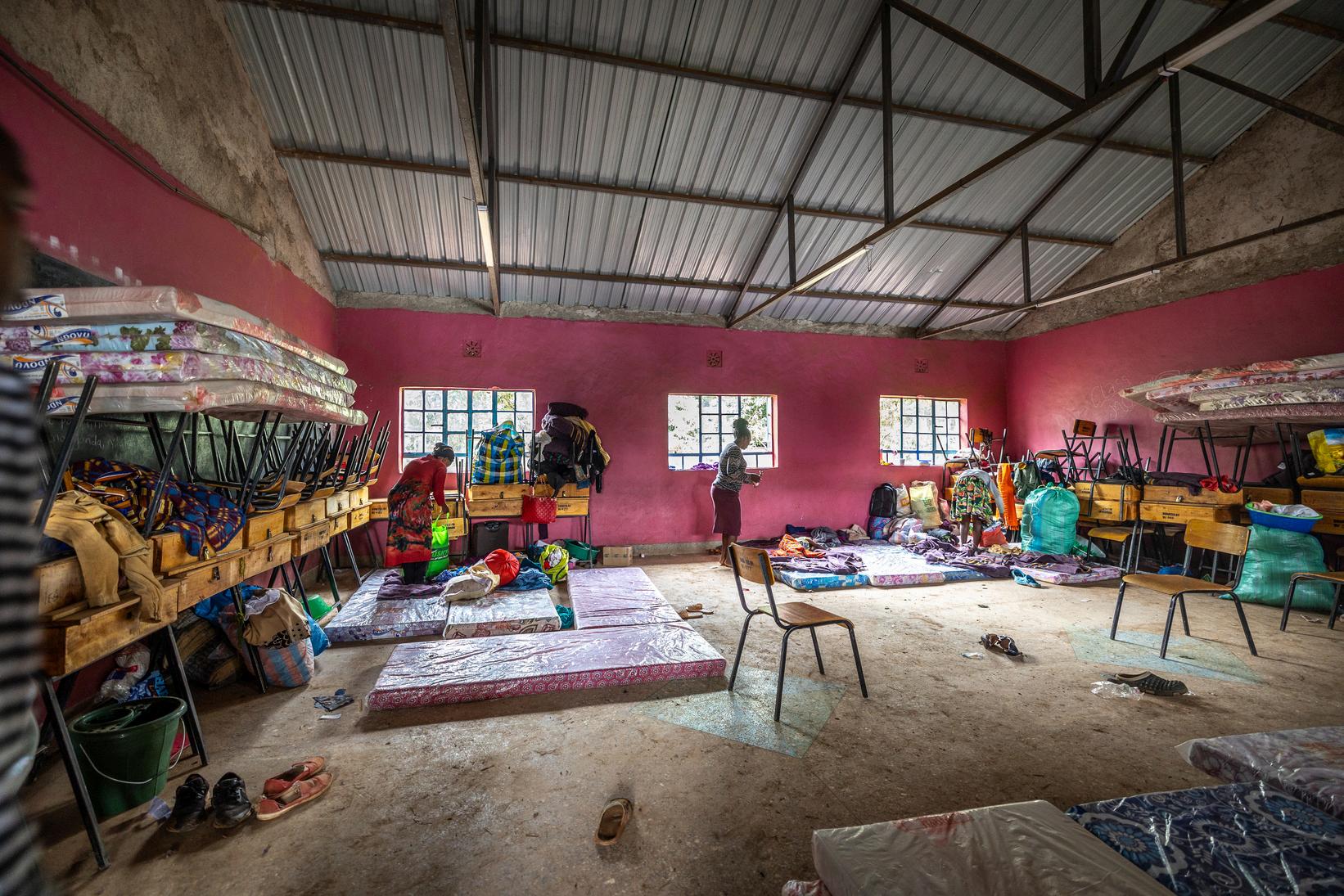
Displaced families in Mai Mahiu were housed in a local school, where they slept in classrooms, with men and women accommodated separately.
“When
the water started coming we were very afraid, we started running to get our children” - Theresa Njeri

a classroom where she has been f donated clothes in the back are ongings she has left.
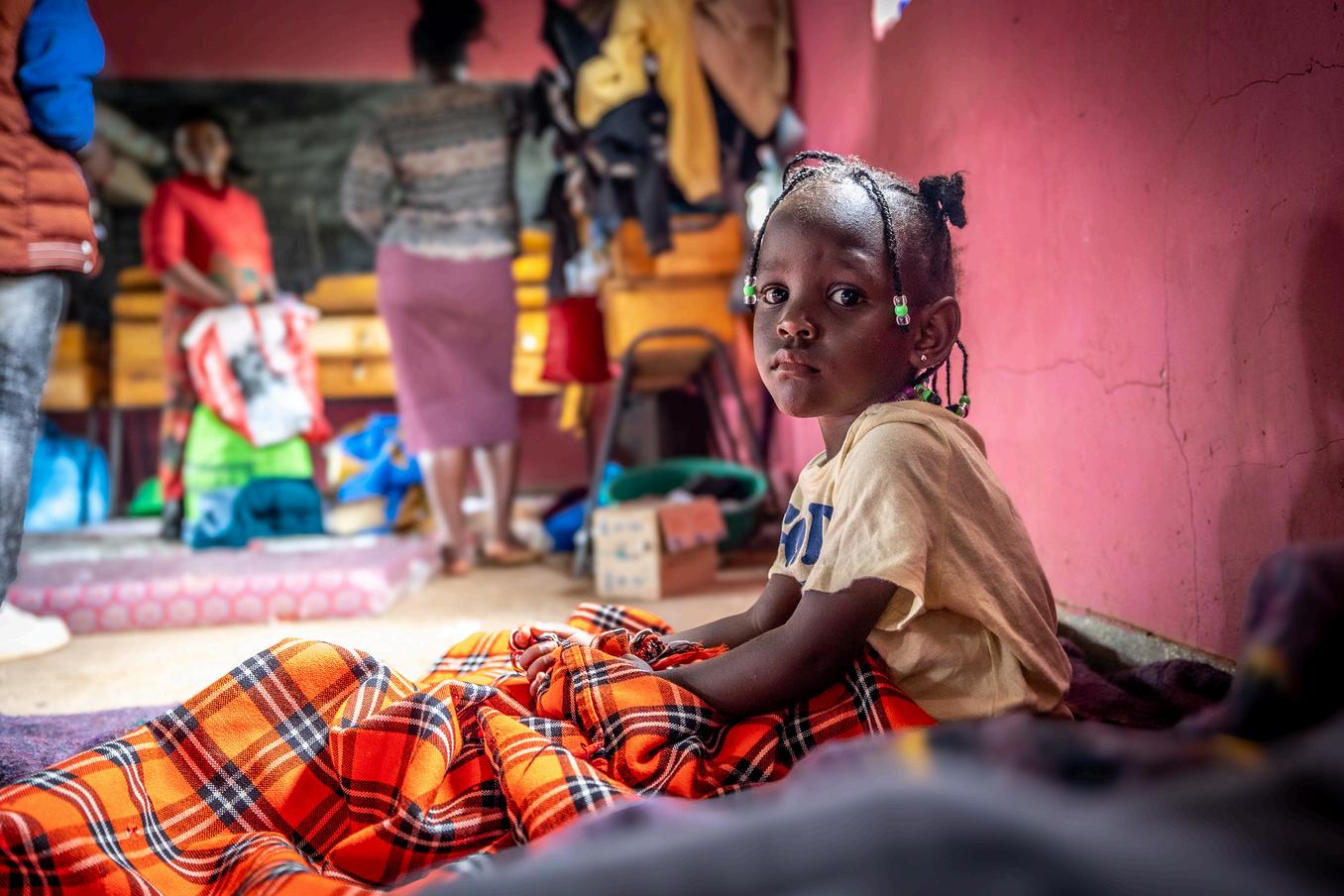
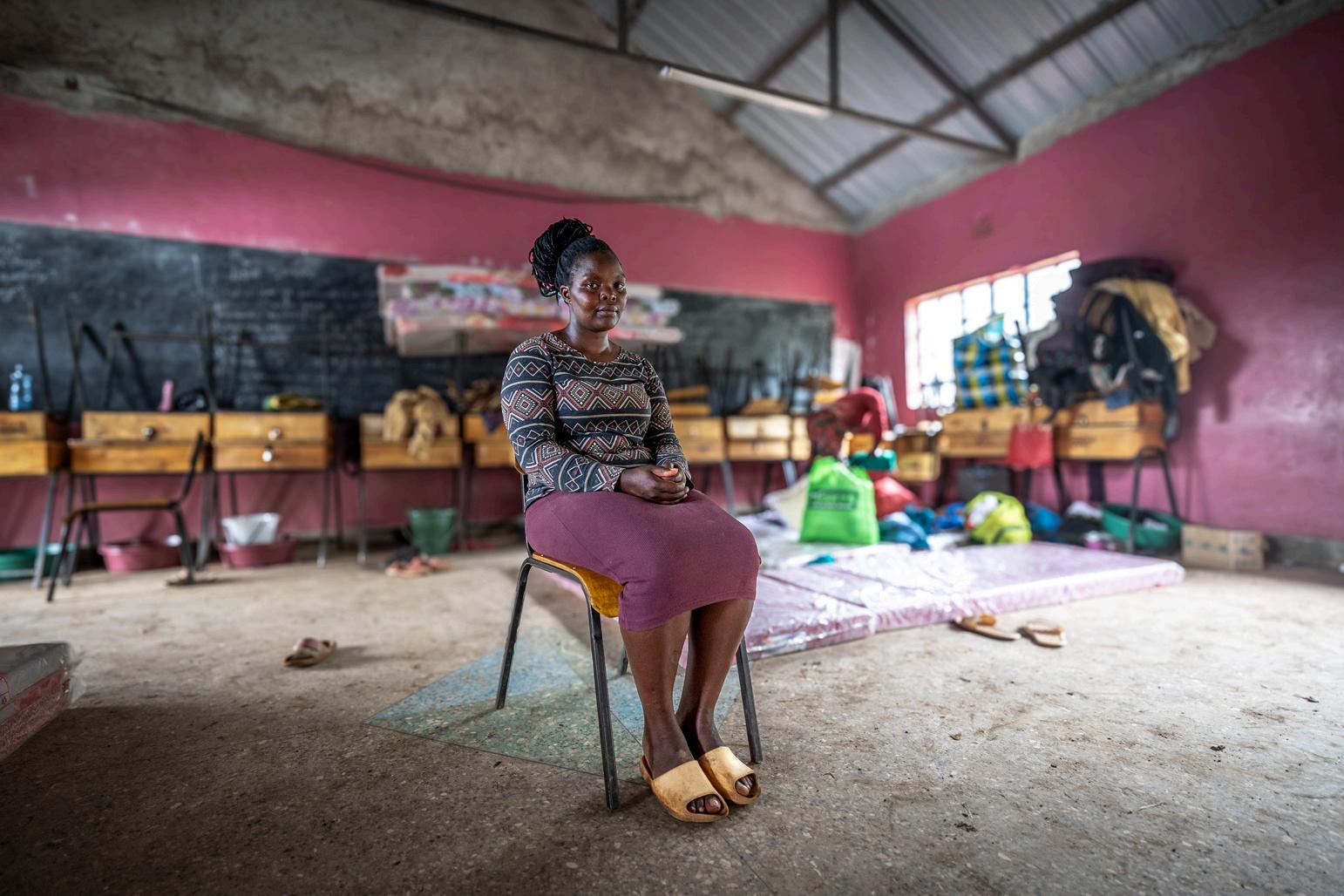
Children in particular at risk to mental health and other challenges Play therapy is one form of support being offered to children in Mai Mahiu, helping children open up.


6,200 people were reach with medicines and 70,000 people with medical equipment/supplies from 5 counties.

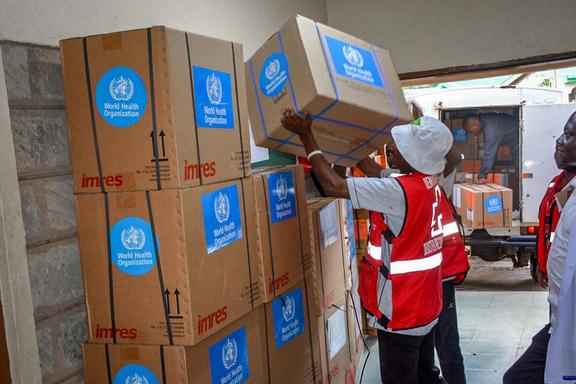
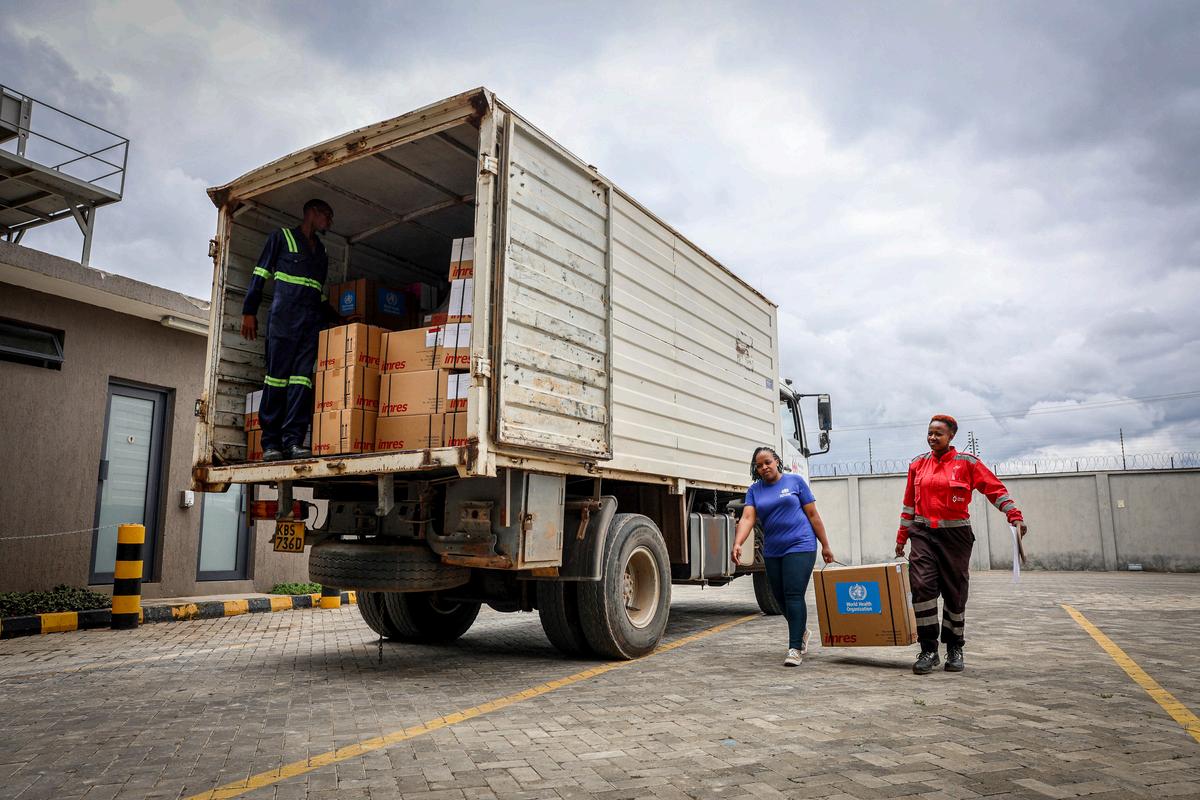

Nairobi


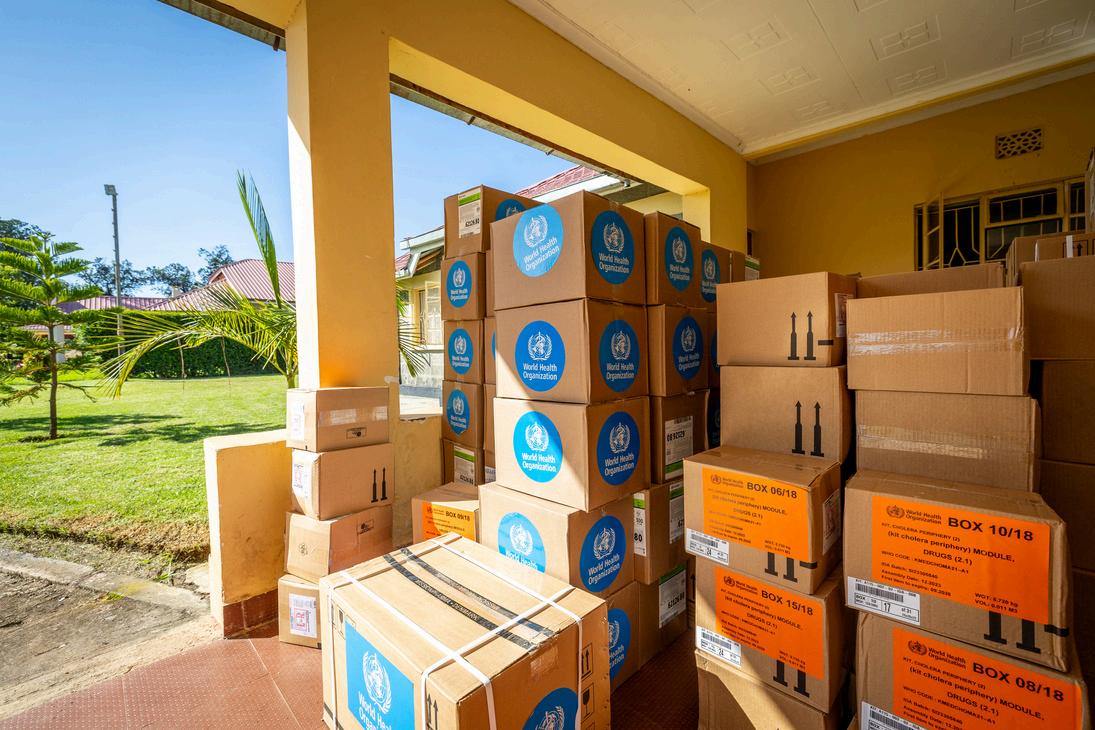

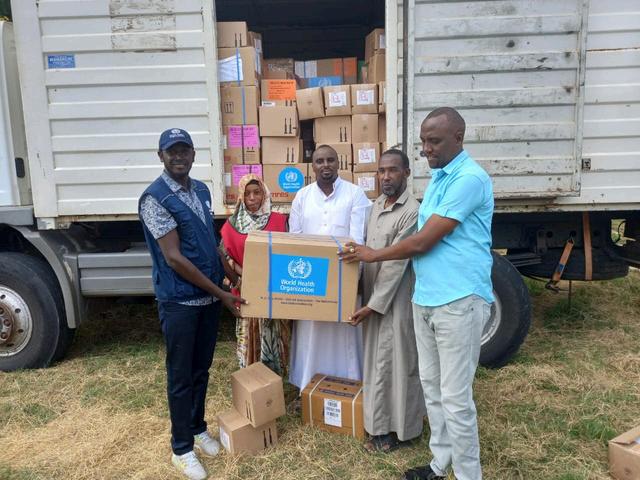
May 20-22 2024
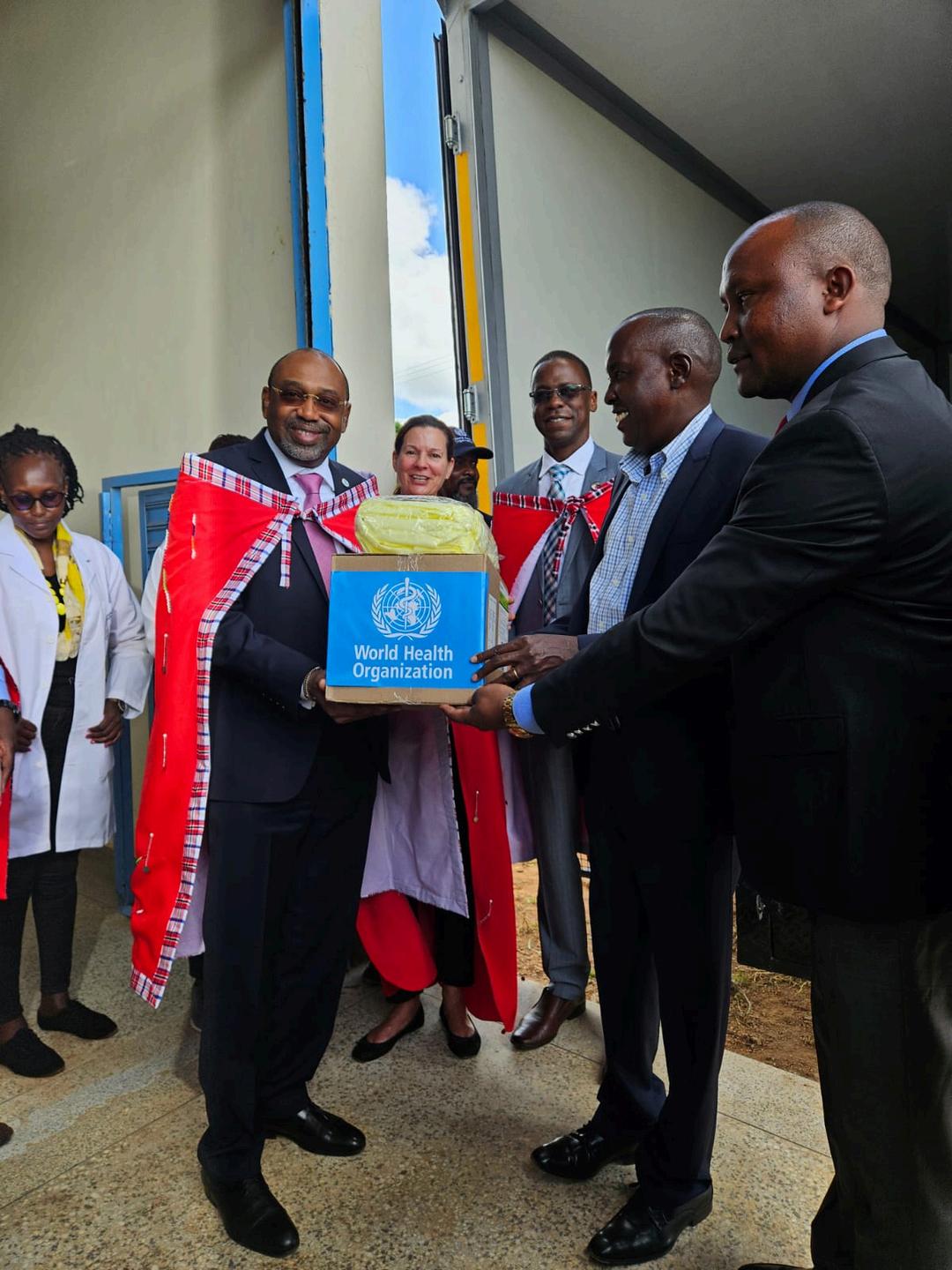
IGAD, UKHSA, WHO AFRO, WHO EMRO, MoH & more.
Nairobi, Kenya - WHO Kenya participated in a One Health Policy Event focused on enhancing cross-sectoral and cross-border cooperation for health security Held in Nairobi, the event aimed to implement a One Health approach to improve health, prosperity, and well-being in the Horn of Africa
Organized by IGAD, Chatham House (PANDORA Consortium), and the UK Health Security Agency (UKHSA), in collaboration with WHOAFRO and WHO EMRO, the event included ministers from Kenya, Ethiopia, and Somalia, the Director General of Health from Kenya & representatives from various health organizations
The event's primary objectives were to present evidence-based priorities to the Director Generals of Health, Agriculture & Environment from Kenya, Ethiopia, and Somalia; agree on actionable recommendations for improved outbreak and cross-border One Health emergency preparedness and response; and facilitate high-level policy dialogue to endorse outcomes and recommendations.
Dr. Abdourahamane Diallo, WHO Kenya Country Representative, highlighted the need to address gaps in surveillance systems and to strengthen cross-border cooperation
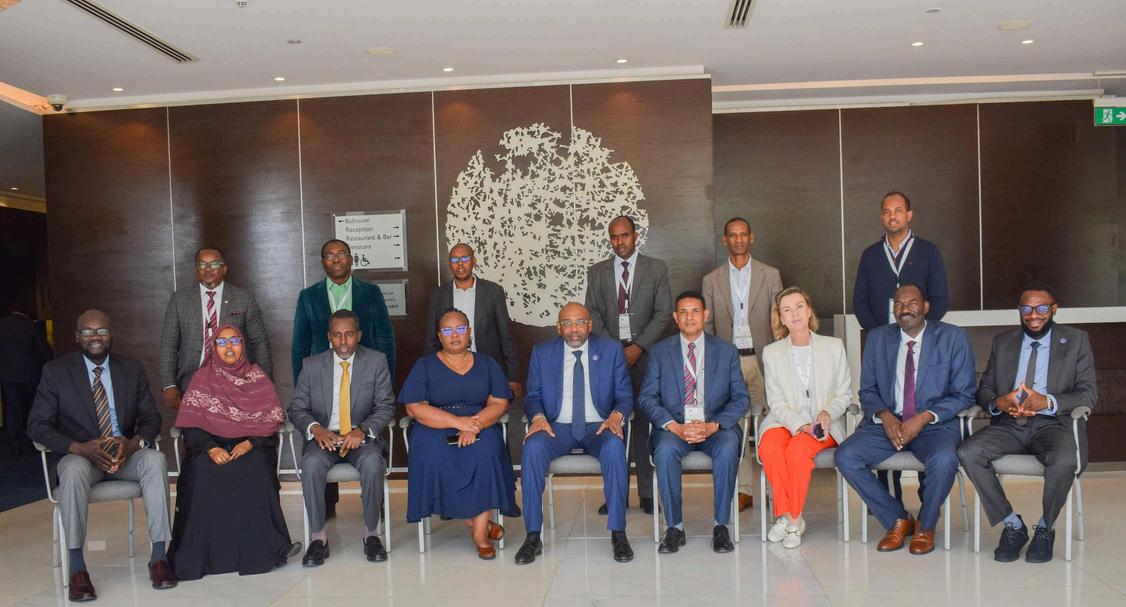

"Thedeliberationsofthis meetingshouldaddressthe gapsandestablishmechanisms tostrengthencrossover surveillancesystemsin memberstatesandencourage timelyinformationsharing whileinvestingincommunitybasedsurveillance,"
Dr.AbdourahmaneDiallo
WHOKenyaCountryRepresentative
The Horn of Africa faces challenges such as extreme weather events, recurrent epidemics, and political instability, complicating disease control. Droughts and famines in Kenya, Somalia, and Ethiopia have impacted populations, livelihoods, and ecosystems, increasing disease spread risks, particularly in pastoralist communities


The policy dialogue aimed to enhance cooperation and implement One Health approaches The discussions are expected to result in an official statement or communique, leading to a session with potential funders and development partners. This session will initiate resource mobilization for One Health implementation in the Horn of Africa.
WHO Kenya is committed to supporting One Health initiatives, scaling up country support, and strengthening preparedness and response capacities, aligning with the Quadripartite One Health Joint Plan of Action (OH-JPA) 2022–2026 to enhance global and regional frameworks
The One Health Policy Event in Nairobi marks a step towards strengthening health security in the Horn of Africa. Through collaborative efforts and policy dialogue, the participating countries aim to improve their preparedness and response to health emergencies, ensuring better health, prosperity, and well-being for their populations
The WHO team, led by Country Representative Dr. A. Diallo, visited Nanyuki, Laikipia County, following Governor Joshua W. Irungu's visit to WHO Kenya at the UNON campus last June.
The discussions focused on the county's health initiatives,
WHO handed over medicines and supplies worth 2 8 million KSH, including cholera and pneumonia kits, as well as malnutrition and emergency medicines
During the presentations, WHO was impressed to hear that Laikipia County invests over 40% of its annual budget in 0%
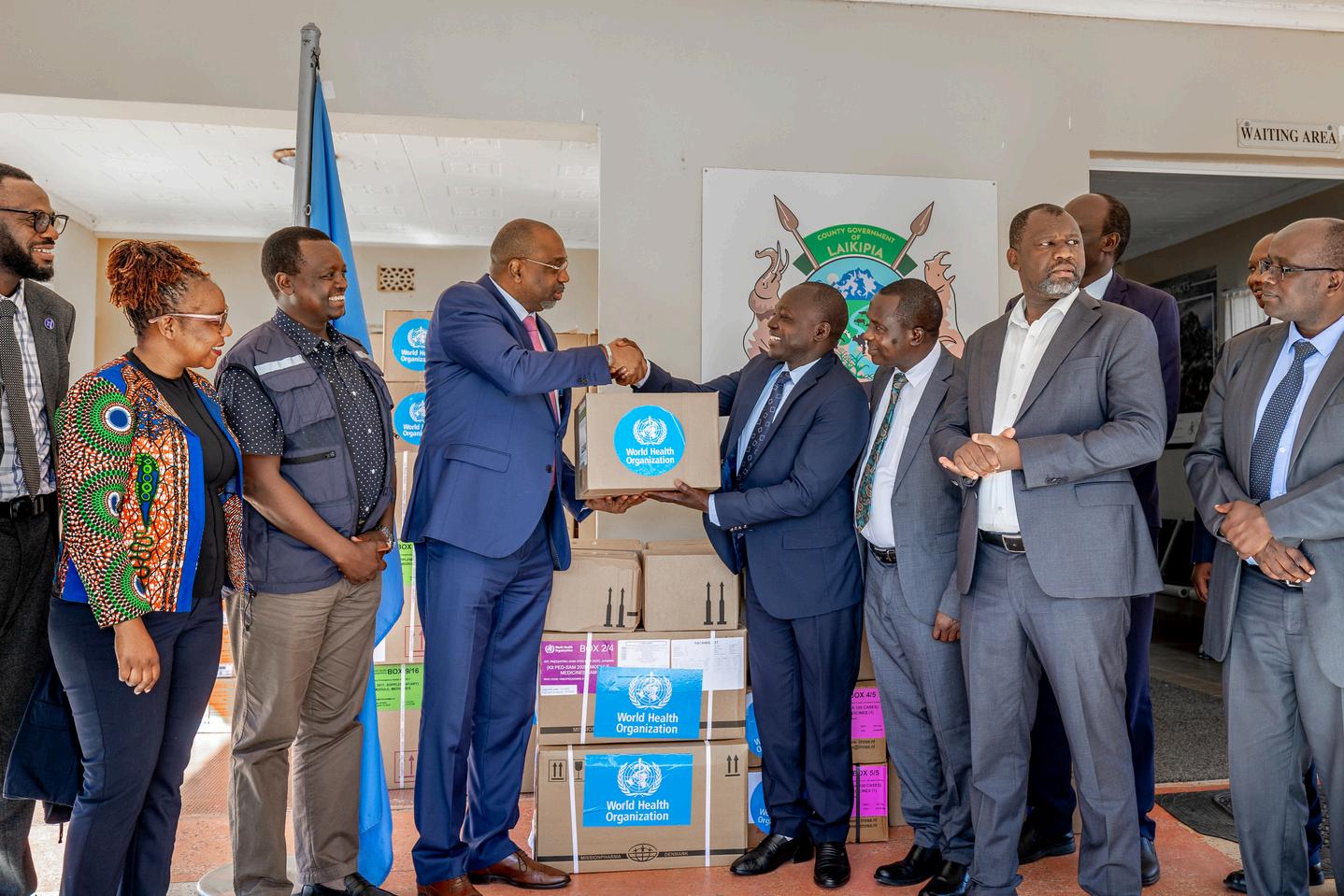
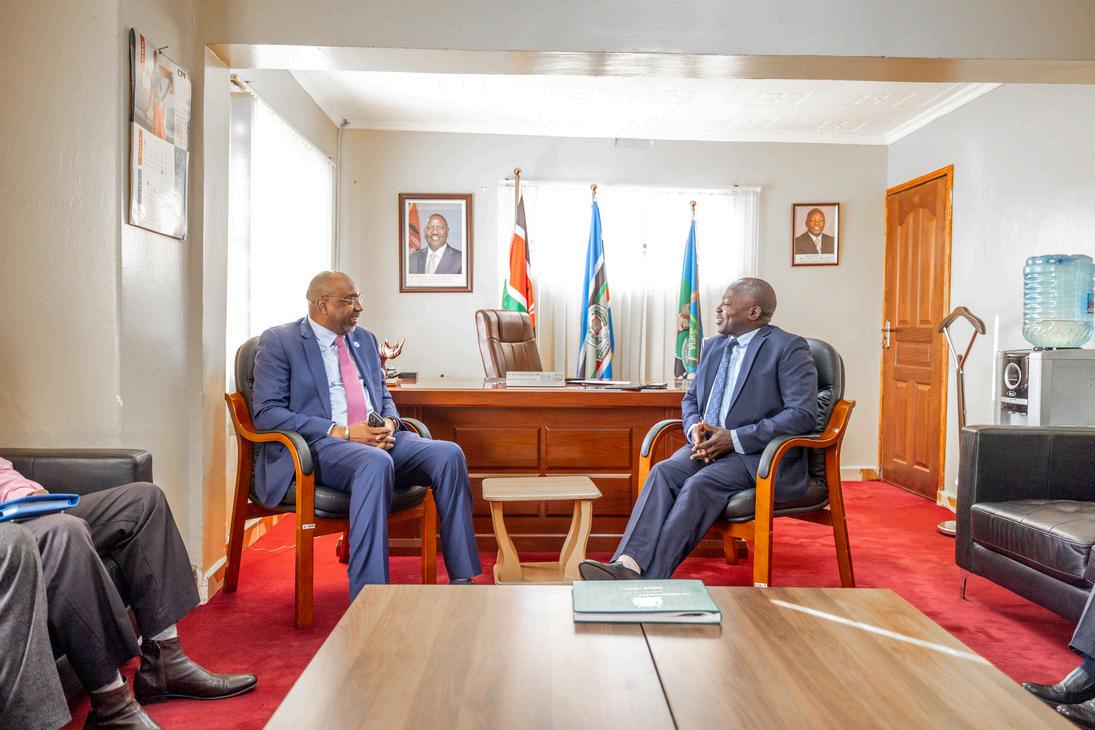
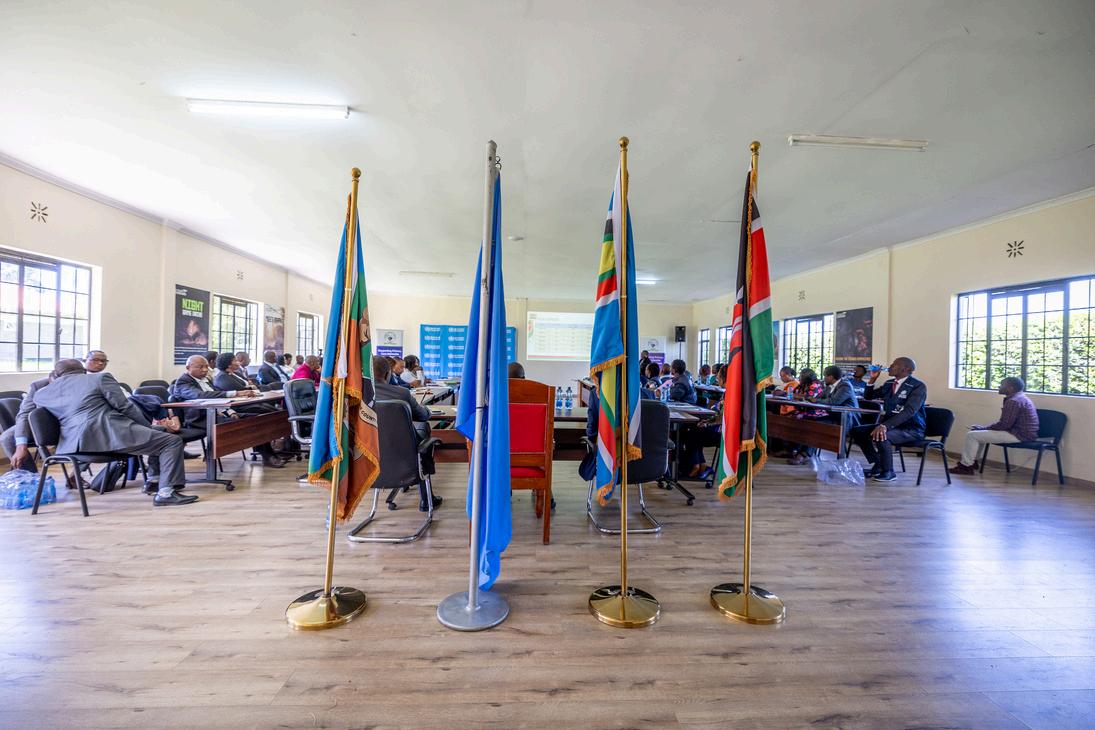 May 2024
May 2024
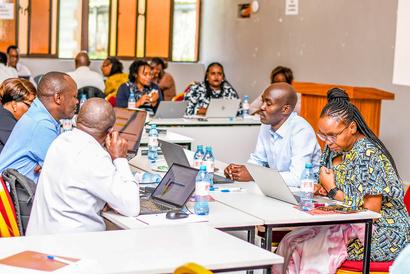
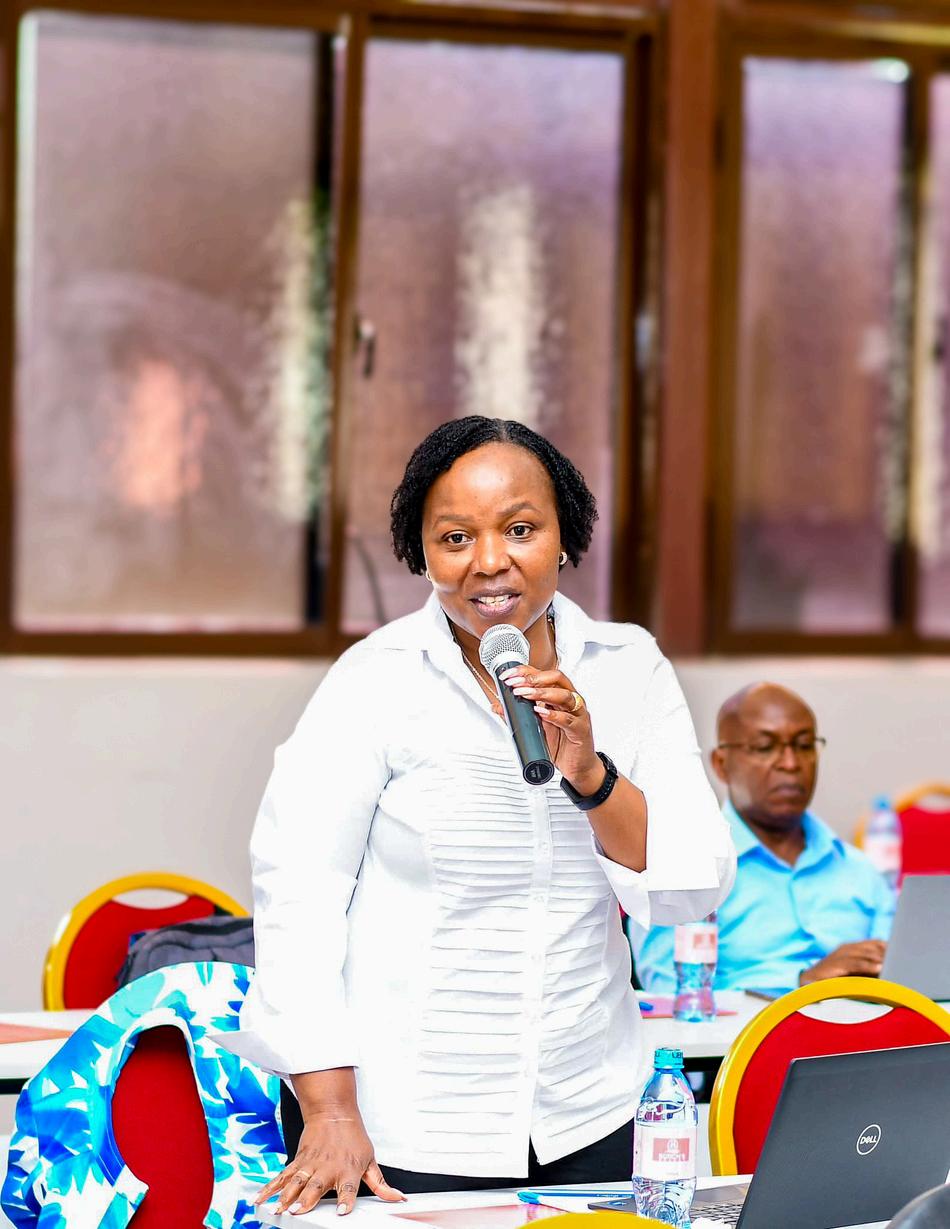
The National Public Health Institute (NPHI) convened a workshop to conduct a Joint External Evaluation (JEE) aimed at assessing Kenya’s adherence to the International Health Regulations (2005) WHO along with representatives from various sectors were actively involved in the evaluation
The JEE entails a comprehensive review of IHR competencies, resulting in a final report that will identify 35 priority actions per sector These outcomes are expected to enhance health security both locally and globally
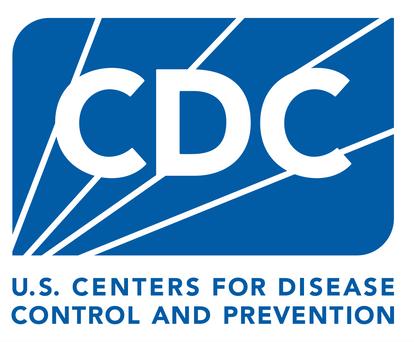
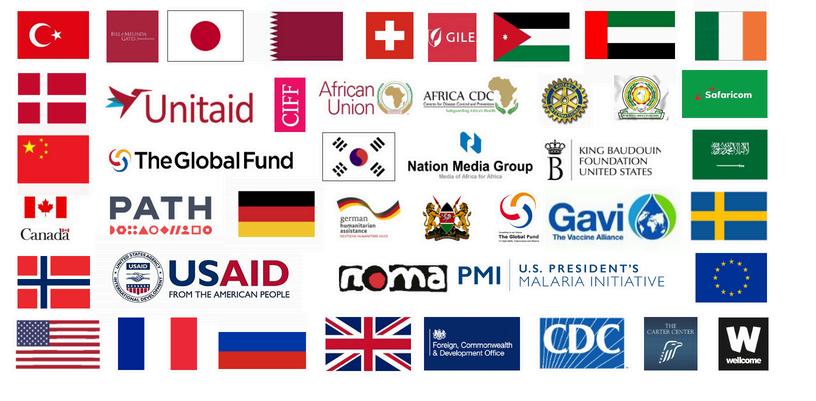

EDITORIAL TEAM
Genna Print FOR MORE INFORMATION & FEEDBACK:
DESIGN BY
afkenwr@who.int
Genna Print
George Ndahendekire
Dr Abdourahmane Diallo
Jemimah Mwakisha
Dr Livinus Martins
Ngina Kisangau
Henry Okoronwanja
Mark Nanyingi
